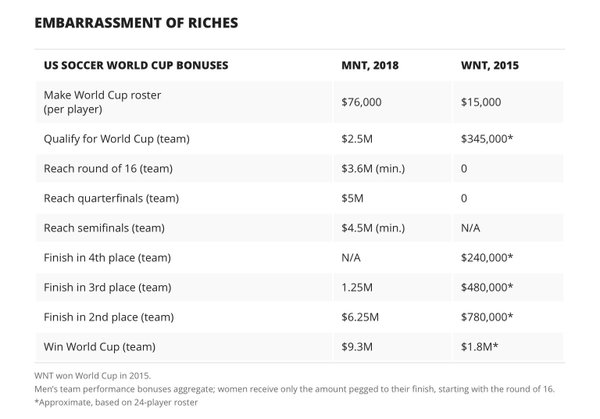Hey, gang! I’m at HR Tech Fest in Washington D.C. and so far there has been some exceptional content and keynote sessions!
One of those keynotes was given by Jim O’Gorman who is the SVP of Talent and Organization at Hulu. Jim spoke about the organizational evolution of Hulu going from startup to becoming a teenager. What I loved about the entire presentation was he works for a big brand, but he shared real world HR issues they have faced and how the solved them.
You don’t always get this from major brands. You usually get this very washed, clean view of how great everything is and perfect they are, and you leave really learning nothing. Jim gave solid ideas and examples of stuff any of us could do in our own shops!
One great idea he had was sharing their Maternity and Paternity programs that Hulu has recently put in place, and the challenges and results. Ironically, Dawn Burke and I just had this same conversation about her own HR shop and the challenges they have had with instituting a modern maternity program.
What does this have anything to do with an HR Technology conference!?
That’s the cool part. Jim, and Hulu, used their HR analytics and technology to prove that developing a new Maternity/Paternity program would increase engagement, loyalty and retention. The money it was going to cost, would come back in spades by the increase in these other metrics.
Sure it was the “right” thing to do, but it also have to make financial sense to the organization.
The Hulu program gives the primary caregiver 20 weeks of pay (12 weeks in a row – think the traditional FMLA time that is required but with pay), and 8 weeks of pay that can be used as transition time. These 8 weeks is to be used to slowly transition those primary caregivers back into their work life.
Primary caregiver is defined as birth mother, same-sex parent who is going to primary caregiver or father if the father is going to be the primary caregiver.
On top of this, the secondary caregiver in Hulu’s program, traditionally the father, also gets 8 weeks of paid leave to use as they need to support the primary caregiver. That means a secondary caregiver can decide when this time needs to be used, within the first year of life of the child.
Hulu’s philosophy was we can’t build just one maternity/paternity program because everyone’s situation is different. It has to be flexible for all of our arrangements. Each family is different and unique, and if truly want this program to deliver our desired outcomes (increased retention, high engagement, and loyalty) we need to develop a program that is customizable for each person.
“Customizable”!? HR? Benefits? Policies? Wait, that sounds different!
Sounds pretty cool to me. Sounds like the future of HR to me.
Combine great ideas with what our employees actually want and need with technology and organizations can make great things happen!
Check out HR Tech Fest – it’s their first year in the U.S., and they put on a really great conference. No detail was forgotten, the content was world-class and the attendees were highly engaged! I’ll be back!

